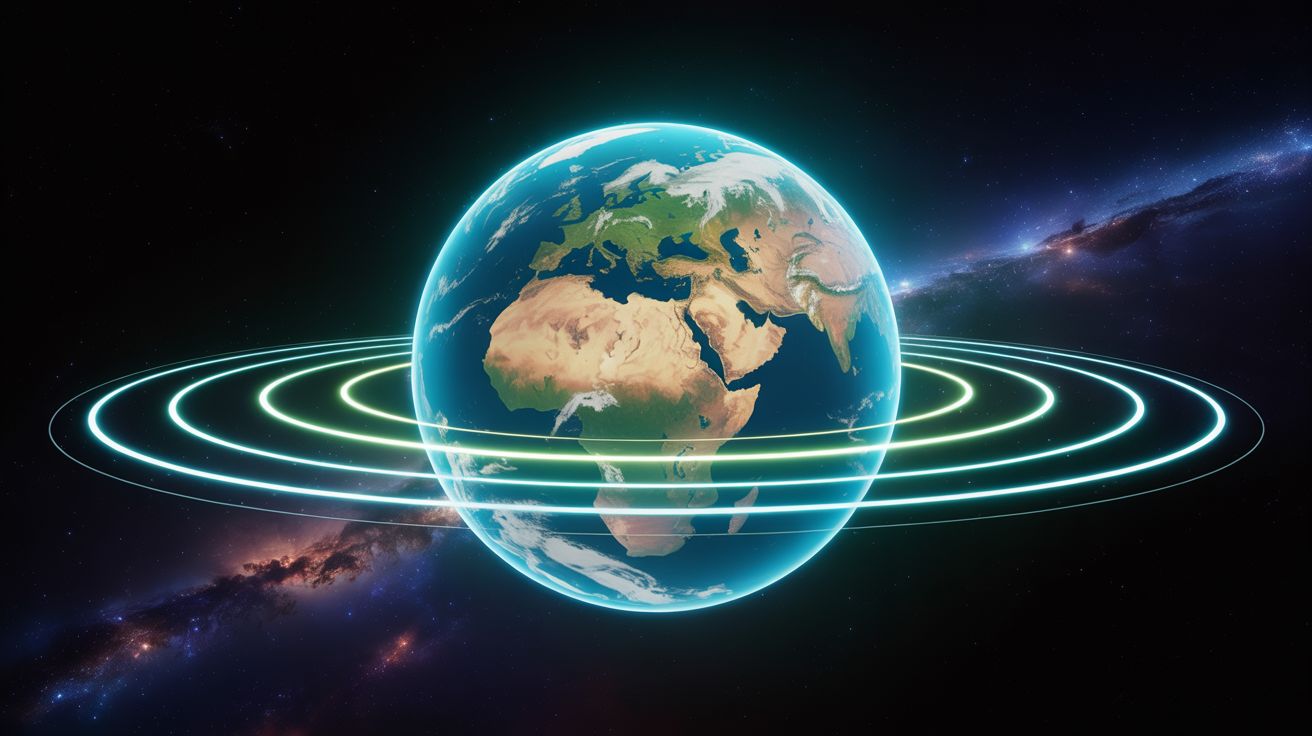🌍 Earth was shaken every 90 seconds for 9 days: why?
Follow us on Google News (click on ☆)
A team from the University of Oxford used innovative satellite data to study these events. The SWOT satellite, launched in 2022, made it possible to accurately map wave height variations. These observations confirmed the presence of standing waves, called seiches (see explanation in the dedicated chapter at the end of the article), in the fjord.

The researchers analyzed data from the SWOT satellite, equipped with a state-of-the-art interferometric radar. This instrument measured height differences of up to 6.5 feet (2 meters) in the fjord. These measurements were correlated with movements of the Earth's crust detected thousands of miles away.
Weather conditions and tides were ruled out as possible causes of these waves. Scientists were thus able to confirm that seiches were indeed responsible for the seismic signals. This discovery opens new perspectives for the study of extreme ocean phenomena.
The study authors emphasize the importance of new satellite technologies for understanding climate change. The SWOT satellite in particular makes it possible to observe previously inaccessible regions. These tools are essential for anticipating risks related to extreme events in remote areas.
This research was published in Nature Communications, providing valuable insight into the mechanisms of tsunamis in fjords. The results could help better predict and manage these phenomena in the future, especially during a period of accelerated global warming.
What is a seiche?
A seiche is a standing wave that forms in a closed or semi-enclosed body of water, such as a lake or fjord. These waves oscillate from one end of the basin to the other, creating variations in water height.
Seiches can be triggered by various phenomena, such as landslides, earthquakes, or sudden changes in atmospheric pressure. In the case of Greenland, tsunamis initiated these oscillations.
Unlike classic waves, seiches do not propagate outward. They remain confined to their basin, which explains why they can last for several days. This characteristic makes them particularly difficult to detect without specific instruments.
Seiches can have significant impacts on coastal ecosystems and human infrastructure. Their study is therefore important to better understand and prevent their effects.